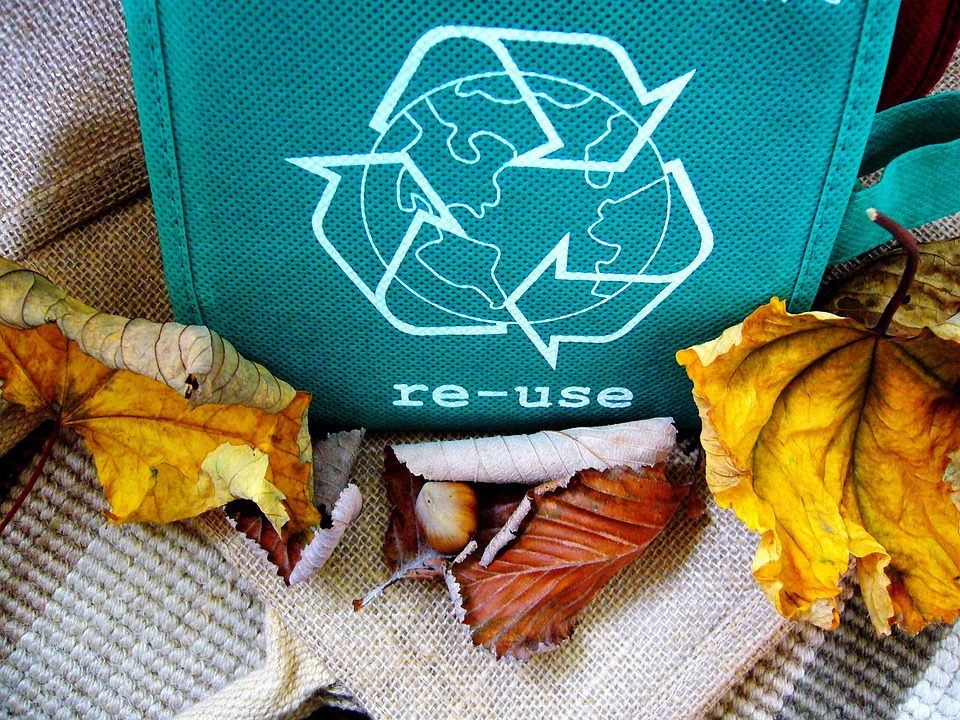Barriers to fiber recycling remain one of the biggest challenges facing the circular textile economy. While there are many potential benefits of fiber-to-fiber recycling, the cost and technology issues hamper the expansion of the industry. In addition, the barriers prevent fiber-to-fiber recycling from scaling to the scale it needs to be successful. However, if these issues are addressed, the sector could reach 18 to 26 percent of textile waste by 2030.
Increasing fiber-to-fiber recycling is in the interests of many stakeholders in the textile value chain, from fashion companies to textile sorters to textile recyclers. However, the current system is not efficient and must be improved. In addition, there are various barriers to fiber recycling, including the lack of coordination between the different parts of the textile value chain, short fiber lengths, and the presence of persistent chemicals in some specialized products.
Processes used to recycle fibers:
There are several types of processes used to recycle fibers. Some processes are mechanical, and others are chemical. Both types of processes yield fibers of similar quality to virgin ones. Downcycling, in which used fibers are repurposed into new items, is also a type of recycling. It can be a better option for certain textile waste than polymer or monomer recycling.
Mechanical recycling processes change materials in their chemical and physical properties. They usually include plastic fibers and cotton waste from the textile industry. The recycled fibers are typically softer and have lower tensile strength than virgin fibers, but they do not lose their performance characteristics. On the other hand, chemical recycling involves using chemicals to separate fabrics.
Potential uses of recycled fibers:
Recycled fibers can be used for many different applications, including textiles, clothing, and shoes. For example, one company is developing a process to turn polyester and cotton into recycled fibers suitable for clothes and other products. This process can increase the value and quality of the finished product. The company plans to build its first plant in Sweden, costing over $100 million, and it plans to quickly expand its capacity to produce 360,000 t of recycled fiber a year by 2025.
Another application is in the automotive industry. Oftentimes, the nonstructural parts of a vehicle are made from recycled fibers. These parts make up a large part of the cost of a vehicle. Recycled carbon fiber (rCF) can be used for these parts in various ways, including 3D printing.
In conclusion, there are many barriers to fiber recycling. Some of these barriers are societal, such as a lack of awareness or ignorance about the benefits of recycled fiber. Others are practical, such as the challenges of sorting and processing the material effectively. Ultimately, however, the biggest barrier to fiber recycling is simply that there is not enough infrastructure in place to enable it. Concerted efforts must be made to build out this infrastructure so that more and more materials can be recycled in an environmentally sustainable way.








